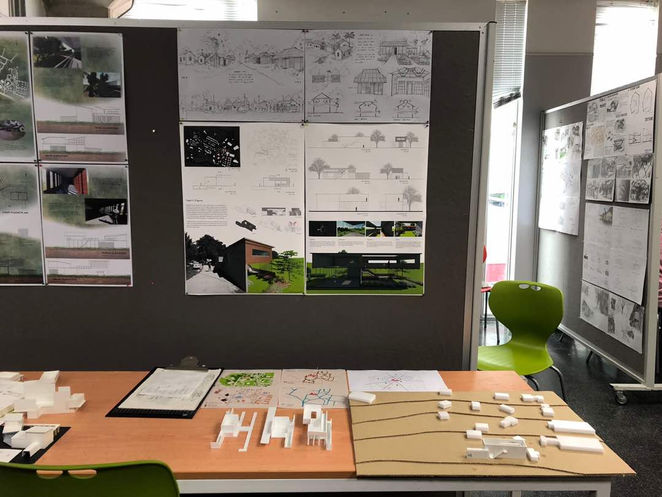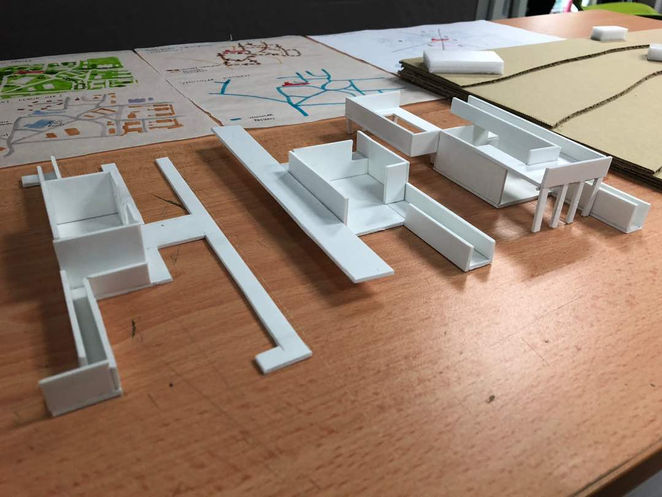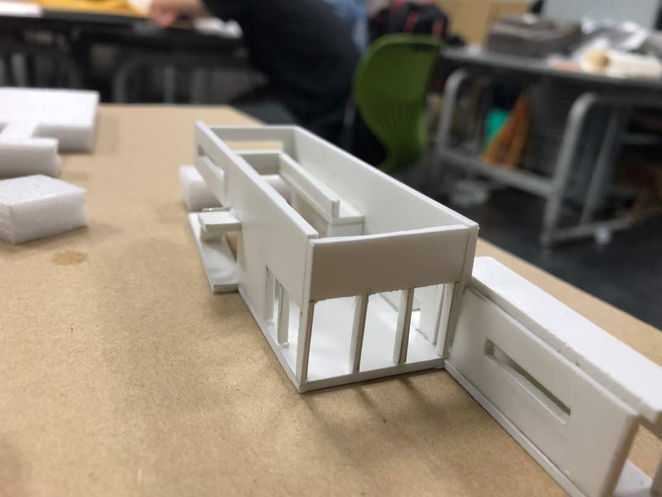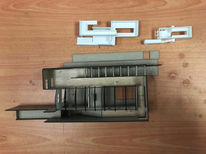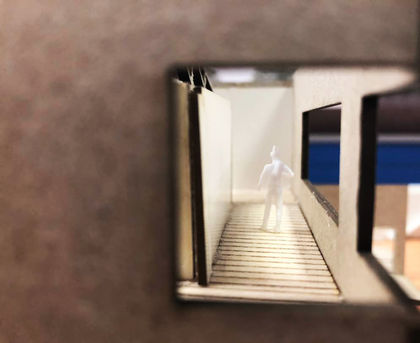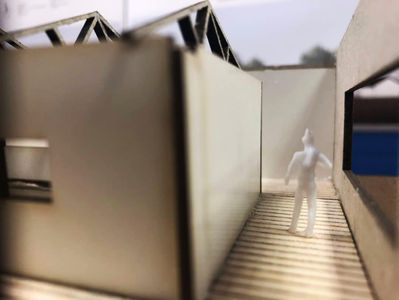
Final Project: Visitor Interpretive Centre (VIC)
In this final project, the design brief calls for an architectural response to design an interpretive centre, emphasizing a strong engagement and relationship to the site, spatial experiences and programmatic requirements. The interpretive centre will serve two purposes, to provide a physical point of reference with visual significance that keeps alive the culture/history/memory/essence of the site, and to provide accommodation to house and display relevant material and interpretive material for public access and information. Solutions relying heavily on landscape are encouraged. Visitors should be inspired and informed in ways that somehow express the spirit of the place (genius loci).
Project 2: Interim & Digital Site Analysis
Genius Loci & Site Analysis
Society, culture, history, memory and the landscape of a particular place echoes the meaning of that ‘place’, or its ‘genius loci’. These qualities will inform the architectural concept and generators for Project 2. In Project 2, the design brief calls for an architectural response toward the sense of place with a strong engagement and relationship to the site and programmatic requirements. The first assignment for Project 2 requires an analysis of the site context as a starting point. It is a fundamental need for any design project as it will suggest a series of parameters to suggest architectural solution, one that will be appropriate to the place and its meaning, and contributes to its context. The site needs to be understood, in both intuitive and personal ways, as well as quantitative and measured means. Techniques to record and understand the site are varied, from physical surveys to qualitative aspects of experience and personal interpretation of the place.
Visitor Interpretive Centre Concept
Dualism
Sungai Buloh Leprosy Settlement is a place of tears and scars; it is also a place of love and hope. And in this place lives a group of angels in disguise. Leprosy was considered an incurable disease back then, the people who suffered from the disease was not given the hospitality to assist them in their daily life. In retrospect, man appears to be rather foolish, ignorant, prejudiced, hostile and discriminatory in a certain part of history. They do not have perfect bodies, but there is a beautiful soul within them we did not see. The will to live and sacrifices made to fight against the disease is the spirit which lacks from the outside world, their life stories have given a new perspective on human suffering.
The Visitor Interpretive Centre was served as an historical and educational reminder for the future generations, allowing them to experience the journey of a leprosy patient, from being disowned by the society, to being accepted and welcomed into this settlement, a valley of hope. In reality, human beings are a bunch of greedy pessimists, but in this settlement lives a group of people who found their way to the contentment in life. The design intention is to acknowledge the optimistic mindset of the lepers towards the disease. Despite going through countless obstacles, they were able to live in a state of happiness and satisfaction with every little things around them.
The design concept will be giving a dualistic point of views to the users, allowing them to compare and differentiate the moral and emotional rights and wrongs from our society. The site chosen for the Visitor Centre was occupied by a row of dilapidated shops at the rear of the existing community hall. An old chalet is retained to preserve its heritage value, it will be use as a connection between the Visitor Centre and the existing structure.
